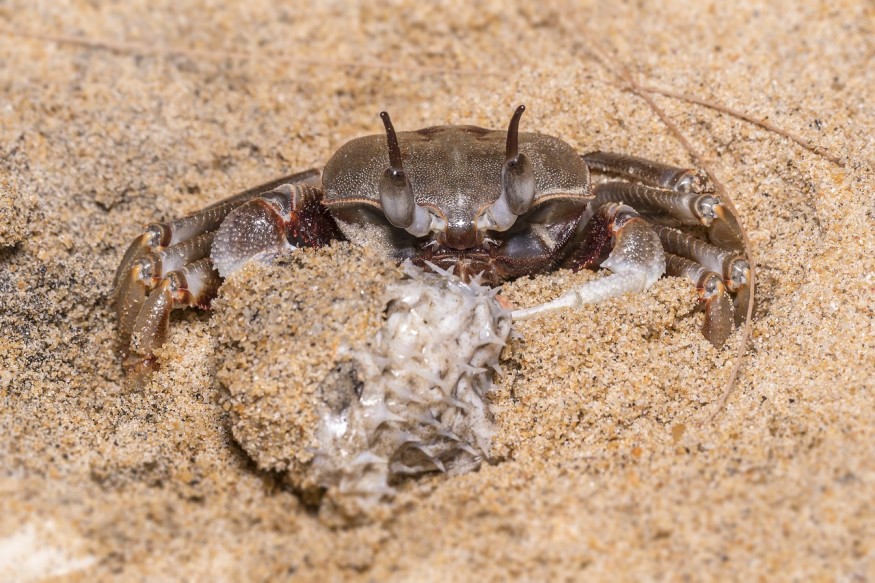Seafood was undoubtedly on the menu for Neanderthals who lived in caves in what is now Portugal. Archeological findings from 90,000 years ago along the Portuguese coast demonstrate that Neanderthals liked cooking crabs and other seafood, IFL Science reported.
The new study serves as yet another reminder that homo sapiens' closest relatives were not the knuckleheads they are sometimes described as, but rather a sophisticated creature with numerous parallels to modern-day humans.

Shells, Bones Discovered in a Cave in Lisbon
Researchers unearthed a treasure trove of stone tools and charcoal, as well as a richness of shells and bones at the Gruta de Figueira Brava location, which is located within a cave just south of Lisbon.
There were clams, limpets, and mussels, but the brown crab (Cancer pagurus) shell and pincer fragments were very plentiful. The brown crab is a kind of crab that is still widely consumed in Portugal, Spain, Italy, and France.
According to the current research, titled "The exploitation of crabs by Last Interglacial Iberian Neanderthals: The evidence from Gruta da Figueira Brava (Portugal)" published in the Frontiers in Environmental Archaeology, Neanderthals hunted predominantly larger adult crabs, implying that they were chosen for their size, with a shell or carapace approximately 16 centimeters (6.3 inches) broad in which each crab delivered around 200 grams (7 ounces) of crab meat.
According to CNN, brown crabs were the most numerous among the skeletons recovered here. They ruled out the idea that the slaughtered crabs entered the cave owing to hungry birds, rats, or other animal predators by thoroughly inspecting the patterns of damage on the shells and claws.
Also, the crack marks discovered on specimens unearthed at the archaeological site were strikingly similar to those seen while eating crabs today. Researchers hypothesize that Neanderthals would have cracked open the mollusk using stone tools rather than modern metal hammers and cutlery.
How Did Neanderthals Catch Crabs and Other Shellfish?
Popular Science reports that there are also black burn markings on the crab shells, implying that the crabs were roasted on hot coals to temperatures ranging from 300 to 500 degrees Celsius (572 to 932 degrees Fahrenheit), then broken apart to reach the cooked meat.
Researchers wrote that the crabs and other seafood remain they found reflected some form of a festival or some social worth to whoever collected them or it could have also some consumption-related connotations beyond the current understanding.
While crabs are difficult to capture by hand, the study concluded that they were most likely taken in small low-tide rock pools near the cave, maybe with the help of spears to shock them. Indigenous communities across North America have been reported gathering crabs in this manner, according to the research.
The team also said in a press release that the findings add an extra nail to the coffin of the obsolete notion that Neanderthals were primitive cave people who lived off scavenging big-game carcasses.
RELATED ARTICLE: What Did Neanderthals Eat? Ancient Tooth Provides Insights Into the Extinct Species' Diet Conundrum
Check out more news and information on Neanderthals in Science Times.












